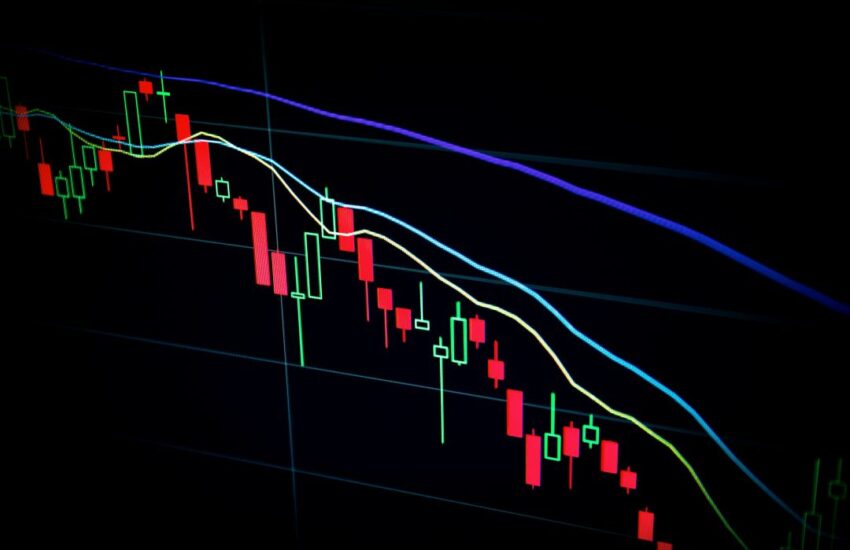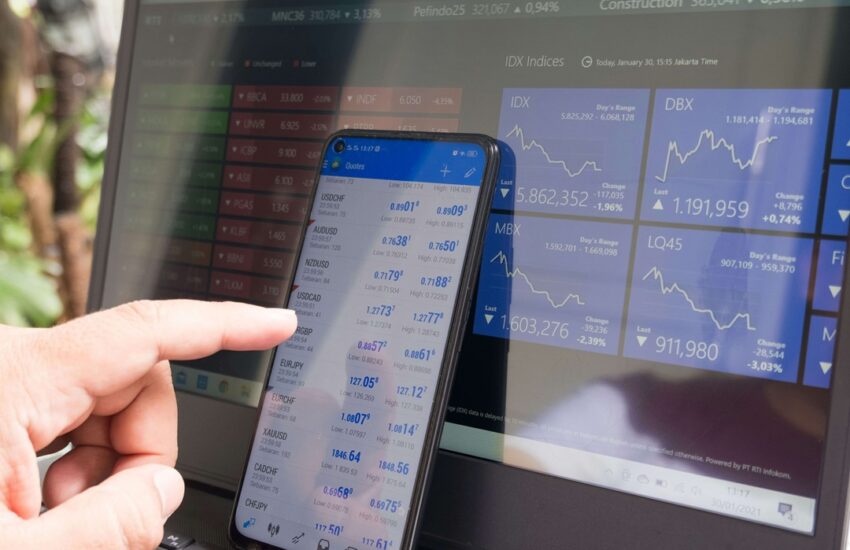How to trade forex as a beginner: A step-by-step guide
Table of Contents
Starting your journey in forex trading can seem daunting at first, but breaking it down into manageable steps can make it much easier to understand and navigate. The forex market is the largest and most liquid financial market in the world, and with the right approach, beginners can gradually build the knowledge and confidence they need to succeed.
Here’s a step-by-step guide to help you get started as a beginner:
1. Choose a Reliable Forex Broker
Your first step in forex trading is selecting a trustworthy broker. A good broker provides a safe and supportive environment for trading. Look for one that is regulated by reputable financial authorities such as the FCA (UK), ASIC (Australia), or NFA (US). Regulation ensures that the broker follows strict financial standards and protects your funds.
Also, consider the trading platform offered. It should be user-friendly, stable, and packed with essential tools like real-time charts, indicators, and news feeds. Many brokers also offer mobile apps for trading on the go. Be sure to review the available currency pairs, trading fees, commissions, and spreads to ensure they align with your trading goals and budget.
2. Open and Set Up Your Trading Account
This type of account allows you to practice trading with virtual money in a risk-free environment, helping you understand how the platform works and test your strategies.
When you’re ready to go live, start with a micro or standard account with a small deposit. Take the time to configure your account settings, including leverage ratios, preferred base currency, and risk parameters.
3. Learn Forex Basics
Education is crucial before making your first trade. Take the time to understand the fundamental concepts of forex trading. Learn what currency pairs are, how to read a forex quote, and how to calculate profits and losses. Key terms such as pips, spreads, lots, leverage, and margin should be part of your vocabulary.
There are countless resources available online including video tutorials, webinars, ebooks, and forex forums. Some brokers even offer structured courses tailored to beginners. The more informed you are, the better your chances of making smart trading decisions.
4. Develop a Trading Plan
A solid trading plan is your roadmap to consistent trading. It should define your financial goals, risk tolerance, and the types of strategies you’ll use. Will you be a short-term trader (scalper or day trader) or take a longer-term approach like swing or position trading?
Your plan should also set clear rules for entering and exiting trades, risk-to-reward ratios, and money management techniques. Sticking to your trading plan—especially during emotional highs and lows—helps reduce impulsive decisions and builds discipline over time.
5. Choose Your Currency Pairs
The forex market includes dozens of currency pairs, but not all are suitable for beginners. These pairs are generally more stable, liquid, and have tighter spreads, which makes them easier to trade.
Avoid exotic pairs at the beginning, as they are often more volatile and less predictable. Focusing on just one or two pairs allows you to better understand their behavior, news drivers, and price patterns.
6. Perform Market Analysis
Market analysis helps you make informed decisions. There are two main types:
Technical analysis involves using charts, patterns, and indicators to predict price movements. Common tools include moving averages, RSI, MACD, and support/resistance levels.
Fundamental analysis focuses on economic data, central bank policies, political events, and news releases that can impact currency values.
Combining both approaches (called confluence) often results in more accurate and confident trading decisions.
7. Execute Your Trades
After doing your analysis and identifying an opportunity, it’s time to place a trade. You’ll decide whether to go long (buy) or go short (sell) based on your forecast. Use trading tools such as:
Stop-loss orders to limit potential losses.
Take-profit orders to automatically secure profits when your target is reached.
Limit orders to enter trades at specific price levels.
Always double-check your lot size and risk parameters before executing the trade.
8. Monitor Your Trades
Market conditions can shift quickly due to news or unexpected events. Be prepared to make adjustments if the market starts moving against you or if new information emerges.
Stay calm and avoid making emotional decisions that could lead to overtrading or revenge trading.
9. Learn from Your Trades
After closing a trade, take the time to evaluate what went right and what didn’t. Did you follow your trading plan? Did you enter at the right time? Was your risk management effective?
Keeping a trading journal is a powerful way to track your performance, identify patterns, and improve over time. Write down your entry and exit points, your rationale, and the outcome. Review your journal regularly to refine your strategy and grow as a trader.
Conclusion
Forex trading can be both exciting and rewarding, but it’s not without risks—especially for beginners. By taking a step-by-step approach, focusing on education, and sticking to a clear trading plan, you can navigate the learning curve with greater confidence.
Remember, every expert was once a beginner. Start small, stay consistent, and keep refining your skills and over time, you’ll build the experience and confidence needed to succeed in the forex market.


